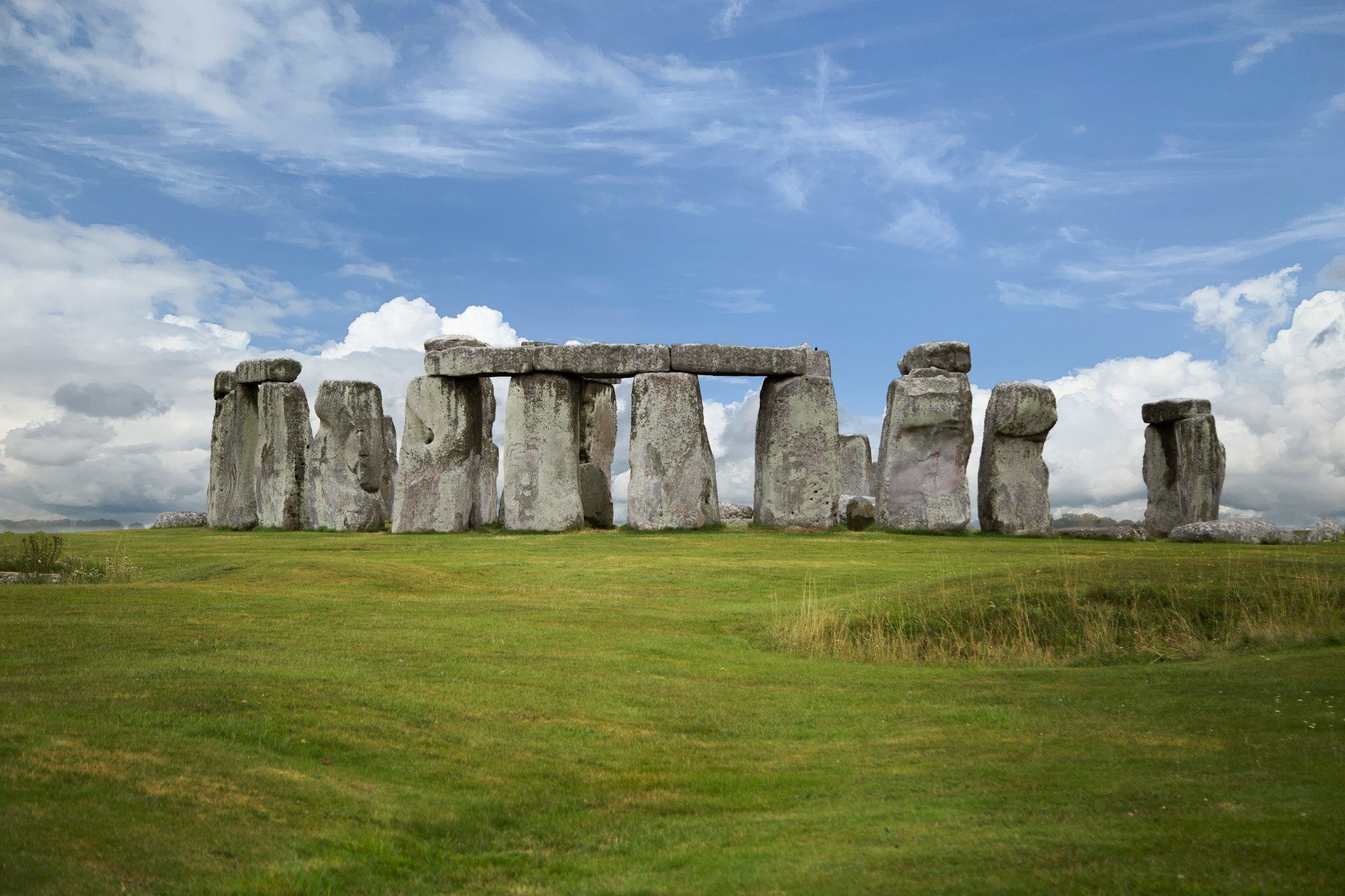Compression and The Art of Modelling Large Areas in Small Spaces
Three essential techniques for compression that allow us to maximize the available area when modelling large railroad layouts in small spaces for detail and realism.

If you're a modeller who's aiming to accurately recreate a specific area in high detail but only have limited space in which to do so, you'll want to read on and check out our guide.
In this article we discuss some of the techniques that enable railroad modellers to accurately replicate large areas in small spaces.
These methods help to ensure an accurate and detailed representation of real world scenarios and locations to ensure realism is maintained within a model train layout.
Let's take a look at how compression is used in model railroads in order to achieve this.
A question of scale
One method of limiting the space required to build a model railroad layout is choosing a smaller model train scale.
Many scales, particularly the 'traditional' ones, will simply take up too much space for modelling large areas.
Therefore the most common model train scales, HO and OO, are out of the question. Let's take a look at some of the other options:
- Z scale (1:220) - one of the smallest commercially available model train scales. The advantage of this gauge is that it allows a lot of area to be modelled in a small space. However, Z gauge often causes problems with dust and dirt. With large amounts of track there may be better options.
- TT scale (1:130) - a larger gauge than Z scale, so it should give fewer problems with dust and dirt affecting the layout. However, this gauge is not readily available when compared to other gauges - so getting hold of a sufficient amount of rolling stock and components will be challenging.
- N scale (1:148 or 1:16) - one of the most popular alternatives to the most common model train scales. It provides a good middle ground with the size it takes up and the detail it gives. N gauge also has the advantage of being readily available, so there'll be no shortage of locomotives and other rolling stock.
So, N gauge is certainly the recommended option for modelling large areas in small spaces as it provides a good balance between practicality, making use of the available space and giving a high level of detail.
However, whilst opting for a smaller scale is a good first step, it's likely to be still too large for the area being modelled. We'll need to do something more in order to achieve what we're aiming for.
Compression
This is where a modelling technique called compression comes in.
Compression allows us to significantly reduce the total area that needs to be modelled when recreating specific locations.
We're going to talk about two methods - compression and selective compression.
Selective compression is a technique in which the modeller chooses to omit what's not important when building a layout. Only the defining features and key elements that uniquely identify an area are included.
For example, if we were attempting to model the city of Salisbury, UK and its surrounding areas, we'd obviously take the time to recreate key landmarks such as Stonehenge, but would perhaps choose to omit some of the nearby fields and countryside that are not as important.

Selective compression allows key landmarks, e.g. Stonehenge, UK to be modelled in detail whilst omitting surrounding areas that aren't as important.
This allows us to drastically cut down on the total area that needs to be recreated.
Selective compression has always been a popular way to model large areas in small spaces. This is particularly the case for large layouts as it vastly reduces the total area that needs to be modelled.
The second technique is compression.
Whilst selective compression is all about what to leave out, compression is the actual shrinking of the large elements that are included.
An example of compression would be a long section of track. In reality this may go on for miles - and many hundreds of feet if scaled down. However, using compression, this can be reduced down to tens of feet on a layout.
A long section of track travelling through a landscape with the appropriate signature areas and unique elements would still be adequately representative of the real world area being modelled, without needing to be anywhere near the size of the landscape if done to correct scale.
The same method can be applied to roads, paths, rivers and other natural elements.
In fact, it can also be applied to manmade structures too. Tall buildings and other constructs are common examples. Take a skyscraper - if this had eight floors in real life this might be reduced down to four or five on the layout. Or on a viaduct with a number of arches these could be reduced in number when being modelled.

Compression can be used to shrink large structures on a layout whilst still providing an accurate representation of the area - e.g. the number of arches on a viaduct can be reduced during modelling.
The big advantage of compression is that the look and feel of an area is maintained, but in a vastly reduced space.
Compression ratios between 40% - 75% are common in model railroads and allow modellers to make significant space savings, particularly at the upper end of this range.
A change of perspective
So far we've covered choosing a smaller model train scale and using the two compression methods in order to reduce the space required in modelling a railroad.
However, there's one more area that we can utilize to our advantage. It's called forced perspective.
In this technique we use models from a smaller scale to convey the sense of distance in order to make buildings and features appear closer on the layout when they would be miles away in the real world.
This helps to maximize the space available and increase the realism of the model scenery on the layout.
Conclusion
When attempting to model a large area in a small space we must be cognisant of the size restrictions that are imposed on us.
The first logical step is to choose a smaller model train scale, such as N gauge, rather than one of the more common larger scales (like HO or OO gauge).
This is a good first step in reducing the required space and will start to allow us to maximize the available area.
In addition, we've looked at three techniques that help with modelling large areas in small spaces.
Selective compression is where we can choose to omit what's not important in a layout and only include the defining features and key elements that uniquely identify an area.
Compression is the shrinking of the larger elements from what they are like in the real world.
In forced perspective we use 'backdrop trickery' in order to convey a sense of distance and perspective in the model scenery. This technique allows us to make buildings and other structures appear closer than they are in real life.
Using a combination of these three techniques will be an essential part of any model railroad build that is taking place in a restrictive space and will give you the best chance of achieving your desired outcome.
These methods mean that we can start to make the most use of the space restrictions whilst still producing fantastic results.
For further reading and additional scenery techniques, be sure to check out our model train scenery guides where we go into a number of methods in more detail.

